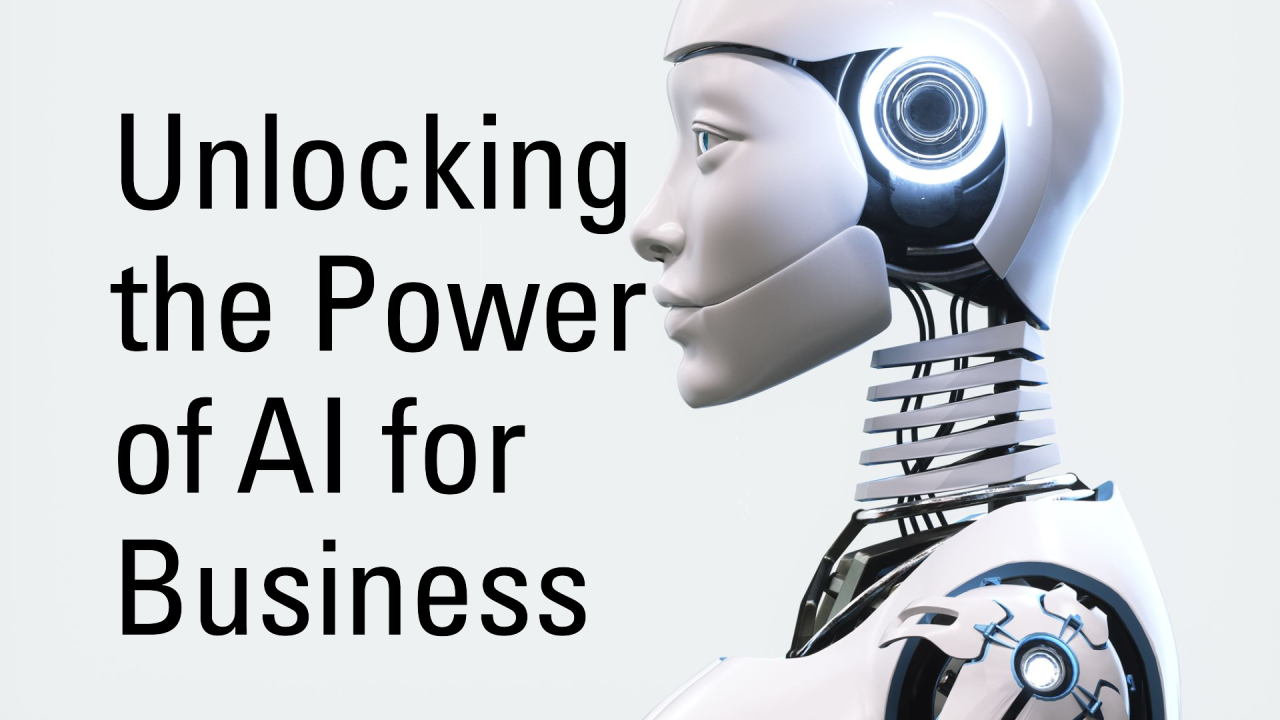Blockchain technology, originally introduced as the underlying technology behind cryptocurrencies like Bitcoin, has evolved into a powerful tool with the potential to revolutionize industries far beyond the realm of digital currencies. In this comprehensive guide, we'll delve into the future of blockchain and its transformative impact on diverse sectors, exploring how it enables transparency, security, and efficiency in a wide range of applications.
1. Introduction to Blockchain Technology: Blockchain is a distributed ledger technology that enables the secure and transparent recording of transactions across multiple nodes in a decentralized network. Each block in the blockchain contains a timestamped record of transactions, linked to previous blocks in a chronological chain, making it immutable and resistant to tampering. This unique architecture provides a high level of trust and transparency, eliminating the need for intermediaries and enabling peer-to-peer transactions.
2. Beyond Cryptocurrency: While blockchain technology gained prominence as the backbone of cryptocurrencies, its potential extends far beyond digital currencies. Blockchain has the power to disrupt and transform various industries by providing secure and transparent solutions for a wide range of use cases, including:
- Finance: Blockchain enables faster and more secure cross-border payments, reduces transaction costs, and facilitates transparent and auditable financial transactions.
- Healthcare: Blockchain can streamline medical record management, ensure data integrity, and enable secure sharing of patient information among healthcare providers, improving patient care and outcomes.
- Supply Chain Management: Blockchain enhances traceability and transparency in supply chains, enabling real-time tracking of products from manufacturer to consumer, reducing counterfeiting and ensuring product authenticity.
- Legal and Identity Verification: Blockchain enables secure and verifiable digital identities, streamlines contract management, and facilitates tamper-proof documentation, reducing fraud and increasing trust in legal and financial transactions.
- Voting and Governance: Blockchain can enhance the transparency and integrity of voting systems, enabling secure and tamper-proof voting processes and increasing voter trust and participation in democratic processes.
3. Key Benefits of Blockchain: Blockchain technology offers several key benefits that make it well-suited for a wide range of applications, including:
- Security: Blockchain's decentralized and cryptographic architecture ensures that data stored on the blockchain is tamper-proof and resistant to unauthorized access or modification.
- Transparency: Blockchain provides a transparent and auditable record of transactions, enabling stakeholders to verify the integrity and authenticity of data without relying on intermediaries.
- Efficiency: By eliminating the need for intermediaries and streamlining processes, blockchain reduces transaction costs, speeds up settlement times, and enhances overall operational efficiency.
- Trust: Blockchain fosters trust among participants by providing a shared, immutable ledger of transactions, reducing the risk of fraud and improving collaboration and cooperation among stakeholders.
4. Challenges and Considerations: Despite its potential, blockchain technology faces several challenges and considerations that must be addressed for widespread adoption, including scalability, interoperability, regulatory compliance, and environmental impact. Overcoming these challenges will require collaboration among industry stakeholders, technological innovation, and regulatory clarity.
5. Future Trends and Opportunities: Looking ahead, the future of blockchain is promising, with emerging trends and opportunities that have the potential to further revolutionize industries and reshape the global economy. These trends include:
- Interoperability: Efforts to develop interoperable blockchain solutions that enable seamless integration and communication between different blockchain networks and platforms.
- Scalability Solutions: Innovations in blockchain scalability solutions, such as sharding, sidechains, and layer 2 protocols, to address the scalability limitations of existing blockchain networks.
- Decentralized Finance (DeFi): The rise of decentralized finance applications and platforms that leverage blockchain technology to enable peer-to-peer lending, borrowing, trading, and other financial services without the need for traditional intermediaries.
- Tokenization: The tokenization of real-world assets, such as real estate, art, and intellectual property, using blockchain technology to enable fractional ownership, liquidity, and transferability.
- Web3 and Decentralized Internet: The emergence of Web3 and decentralized internet protocols that leverage blockchain technology to create a more open, transparent, and censorship-resistant internet ecosystem.
Viral FAQs:
- What is blockchain technology, and how does it work?
- What are the main benefits of blockchain beyond cryptocurrency?
- How is blockchain transforming industries such as finance, healthcare, and supply chain management?
- What are the key challenges and considerations for blockchain adoption?
- What are some emerging trends and opportunities in blockchain technology?
- How does blockchain ensure security and transparency in transactions?
- Can blockchain be used for identity verification and legal documentation?
- How is blockchain being used to address environmental and sustainability challenges?
- What role does interoperability play in the future of blockchain?
- Where can businesses and individuals learn more about blockchain technology and its applications?





